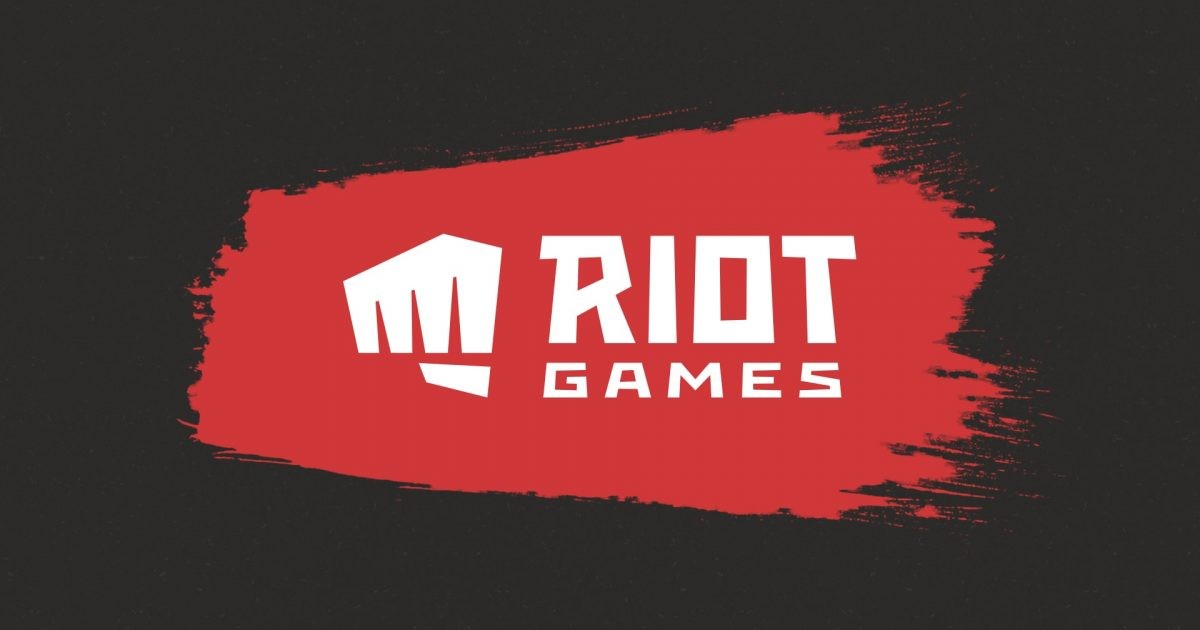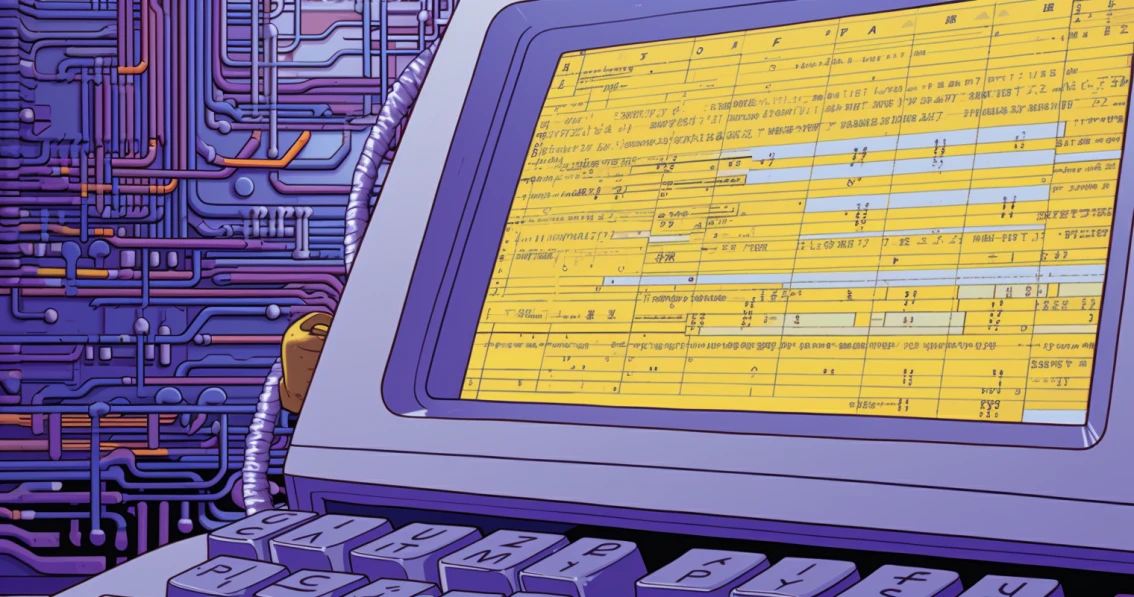Riot layoffs have reshaped the company’s future, marking a major shift in how one of gaming’s biggest companies operates. Between 2023 and 2025, Riot Games has cut over 600 employees, shut down its Riot Forge publishing division, canceled the Riot Esports Network, and downsized teams across multiple projects.
These layoffs aren’t just about cutting costs—they reflect a fundamental change in Riot’s long-term strategy. After years of expansion into new games, publishing, and esports, Riot Games is now scaling back to focus on its biggest money-makers: League of Legends, Valorant, and Teamfight Tactics.
But what led to these layoffs? What do they mean for the future of Riot Games, esports, and indie developers? And how does Riot’s restructuring fit into the wider trend of mass layoffs across the gaming industry?
In this article, we break down every major Riot layoff, analyze the key factors driving these cuts, and explore what it all means for developers, players, and the future of the company.
List of All Riot Layoffs (2023 – 2025)
Here’s an overview of all major Riot layoffs in the last few years.
January 2023 Riot Layoffs: Small-Scale Strategic Cuts
Riot Games’ first layoff wave in January 2023 was relatively minor, impacting 46 employees—just about 1% of its workforce. The affected roles were primarily in talent acquisition, recruiting, and publishing, suggesting the company was tightening operations in non-development areas rather than cutting into its core game production.
Riot framed these layoffs as a strategic realignment rather than a cost-cutting measure. A company spokesperson emphasized that while jobs were being eliminated in certain areas, new positions were also opening up, with around 150 roles listed on Riot’s career page at the time. This approach indicated that Riot was shifting resources rather than drastically downsizing.
At this stage, Riot appeared to be in a healthy position—still hiring and expanding in critical areas. However, this layoff marked the first sign that the company was reassessing its priorities, possibly in response to rising operational costs or shifting market trends.
January 2024 Riot Layoffs: Massive Restructuring Hits 530 Employees
A year later, Riot Games took a much more drastic step. In January 2024, the company laid off 530 employees—approximately 11% of its workforce—in what CEO Dylan Jadeja described as a “difficult but necessary” restructuring.
The biggest casualties of this layoff were:
- Riot Forge, the indie publishing label designed to collaborate with third-party developers.
- Riot Esports Network (REN), a planned streaming platform for Riot’s esports ecosystem.
Jadeja’s public statement painted a picture of overexpansion and unsustainable costs. He admitted that Riot had grown too quickly, investing in multiple projects that weren’t delivering the expected returns. The company had doubled in size in just a few years, but that rapid growth came at a cost—too many projects, too few tangible successes, and not enough financial breathing room.
This round of layoffs showed that Riot was pulling back to its core games—League of Legends, Valorant, Teamfight Tactics, and Wild Rift—while de-prioritizing experimental ventures like publishing and streaming.
It was a major shift for a company that, until recently, had been seen as one of the most stable and ambitious in gaming.
October 2024 Riot Games Layoffs
In October 2024, Riot Games executed another round of layoffs, this time affecting 32 employees, primarily from the League of Legends team. Co-founder Marc Merrill announced the decision, with spokesperson Joe Hixson confirming the number of impacted employees.
This move was notable because League of Legends remains Riot’s flagship title, and the team had not been heavily affected in previous layoffs. Merrill explained that the decision was made to improve team efficiency rather than just cut costs, emphasizing that while the League team was temporarily shrinking, plans were in place to expand it again in the future as Riot developed the “next phase” of the game.
The layoffs raised questions about Riot’s long-term vision for League of Legends, especially as competition in the MOBA genre remains fierce and player engagement continues to fluctuate. While Merrill’s statement reassured fans that League remains a priority, cutting staff from the game’s core development team suggested that Riot was making difficult trade-offs behind the scenes.
Total Riot Layoffs (2023 – 2025)
From 2023 to 2025, Riot Games laid off approximately 608 employees across multiple departments. Unlike some gaming companies that cut jobs primarily due to declining revenue, Riot’s layoffs appear to be a mix of strategic restructuring, cost-saving measures, and shifting priorities.
The most significant shift came in January 2024, when Riot acknowledged it had expanded too aggressively and needed to refocus on its core games. The cancellation of Riot Forge and Riot Esports Network demonstrated that Riot is pulling back from experimental projects and refocusing on its main live-service games.
While Riot remains one of the strongest companies in gaming, these layoffs suggest that even industry leaders aren’t immune to market pressures and the challenges of scaling too fast.

Factors Contributing to Riot Layoffs
Riot Games has long been seen as a stable force in the gaming industry, but the 608 layoffs between 2023 and 2025 suggest that even a dominant publisher isn’t immune to major restructuring. While Riot has framed these cuts as strategic shifts rather than financial desperation, a closer look reveals several key factors driving the company’s decision to downsize.
1. Overexpansion Without Sustainable Returns
Between 2019 and 2023, Riot grew at an unprecedented rate, doubling its workforce as it pursued new ventures beyond League of Legends. The company poured resources into:
- New game development (Valorant, Wild Rift, TFT)
- Indie publishing (Riot Forge)
- Esports and streaming (Riot Esports Network)
- Entertainment projects (Arcane, music, animation, and media deals)
While some of these bets paid off (Valorant and Arcane were massive successes), others struggled to generate meaningful returns. Riot Forge’s closure and the cancellation of Riot Esports Network in 2024 were clear signs that some of Riot’s ambitious projects simply weren’t delivering enough value to justify their costs.
2. Riot’s Core Business Became Overcrowded
Despite launching multiple successful games, Riot found itself competing with… itself.
- League of Legends and Wild Rift targeted the same MOBA audience
- Valorant and League esports competed for Riot’s own resources
- Riot Forge indie games pulled attention away from its flagship titles
Instead of creating separate revenue streams, Riot ended up spreading its audience across its own ecosystem, making it harder for all of its games to thrive. The January 2024 layoffs reflect an effort to narrow focus back onto Riot’s biggest, most profitable franchises rather than continually adding new ones.
3. Esports’ Shrinking Profitability
Esports was once Riot’s golden child—League of Legends set the standard for competitive gaming, and Valorant was seen as the next big thing. But by 2024, the esports industry was struggling financially, and Riot wasn’t immune.
- Sponsorship revenue declined as major brands became more cautious about investing in esports.
- Viewership stagnated, with some leagues failing to grow beyond hardcore audiences.
- Esports profitability came under scrutiny, as running global tournaments and leagues required massive operational costs.
The cancellation of Riot Esports Network in 2024 was a clear admission that Riot needed to rethink its esports investments—likely shifting toward a leaner, more sustainable model rather than trying to build its own streaming ecosystem.
4. Industry-Wide Cost Cutting & Efficiency Measures
Riot isn’t the only gaming company reducing headcount. Over the same period, EA, Unity, Microsoft, and Ubisoft all announced major layoffs, reflecting a broader trend of cost-cutting in the gaming industry.
The post-pandemic correction, rising development costs, and increasing competition in live-service gaming forced publishers to rethink long-term staffing levels. Riot’s October 2024 League of Legends team layoffs were framed as a move toward “team efficiency,” echoing a similar shift happening across other studios.
5. Riot Is Preparing for the Next Phase of Its Business
Despite the layoffs, Riot isn’t in financial crisis. The company continues to invest in its core games and entertainment projects (Arcane Season 2, planned game expansions, etc.), which suggests that these cuts were more about course correction rather than survival.
By trimming down experimental projects and refocusing on its most profitable areas, Riot seems to be preparing for a more streamlined future—one where its games, esports, and entertainment efforts are better aligned and more sustainable.
Impact of Riot Layoffs on the Gaming Industry
Riot Games has been a dominant force in gaming for over a decade, shaping not just MOBAs and competitive shooters but also esports, game publishing, and entertainment. When a company of Riot’s scale lays off more than 600 employees in two years, the impact isn’t just internal—it ripples throughout the entire gaming ecosystem.
1. A Shift in Esports
Perhaps the most immediate impact of Riot’s layoffs is on esports. Riot has been one of the most successful esports publishers, investing heavily in League of Legends, Valorant, and TFT tournaments. However, with the cancellation of Riot Esports Network (REN) in 2024, it’s clear that Riot is scaling back its ambitions in competitive gaming.
This has major consequences for the industry:
- Less Riot-backed esports infrastructure means more pressure on third-party tournament organizers to keep the scene alive.
- Sponsorship uncertainty—brands may hesitate to invest in esports when one of its biggest backers is pulling back.
- Potential decline in Riot’s dominance—other publishers, like Valve (CS2, Dota 2), may gain more ground as Riot reduces its esports footprint.
2. A Warning Sign for Indie Developers
The shutdown of Riot Forge sends a clear message to indie studios: even major publishers aren’t willing to take big financial risks on third-party projects right now.
Riot Forge was Riot’s attempt to expand beyond live-service games by partnering with indie studios to create single-player and smaller-scale titles in the League of Legends universe. Its cancellation signals that Riot, like many other major publishers, is now less willing to invest in experimental, lower-margin projects.
For indie studios hoping to partner with big publishers, this shrinks the number of available opportunities, pushing them to rely more on self-publishing, crowdfunding, or smaller publishing deals.
3. Fewer Risks, More Safe Bets in Game Development
Riot’s layoffs highlight a broader industry trend: companies are cutting non-essential projects and doubling down on their biggest money-makers.
- Riot cut its indie publishing division (Riot Forge) while keeping its live-service games intact.
- League of Legends, Valorant, and TFT remain the focus, while experimental ventures are deprioritized.
- The same trend is happening at EA, Ubisoft, and Microsoft, where publishers are focusing more on proven franchises rather than taking risks on new IP.
For players, this means fewer bold, experimental projects—at least in the short term. Publishers are prioritizing stability over innovation, which could lead to a period of creative stagnation in mainstream gaming.
4. Layoffs Are Becoming the New Normal in Gaming
With Riot now joining EA, Unity, Ubisoft, Sony, and Microsoft in major layoffs, it’s clear that gaming companies are undergoing a massive industry-wide correction. The pandemic-era hiring boom is long over, and studios are now cutting costs to survive rising production expenses and changing market conditions.
- Studios are shrinking their teams to focus on “core projects.”
- Companies are shifting toward efficiency, automation, and AI tools to reduce long-term costs.
- Job security in gaming is becoming increasingly uncertain, even at well-established companies like Riot.
For game developers, this creates a more unstable job market, where even working at a top-tier studio no longer guarantees long-term security.
What’s Next for Riot Games?
Riot is in a stronger position than many of its competitors, but the company is clearly adjusting to a new reality where it can’t afford to pursue endless new projects without clear profitability.
These layoffs don’t signal Riot’s decline—instead, they show a shift toward a leaner, more focused Riot that is doubling down on its core games while stepping back from riskier investments.
The big question now is: Will Riot’s strategy of consolidation pay off, or will it leave the company less innovative and risk-averse?
Data Sources
- ShackNews, 2023. Riot Games cuts 46 jobs
- Riot Games, 2024. An Important Update about Riot’s Future
- The Verge 2024. Riot is laying off 32 staffers







Comments